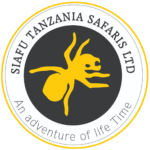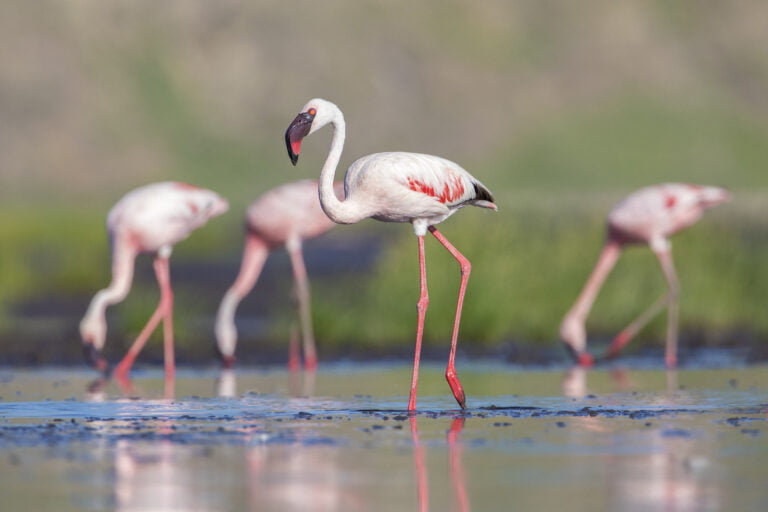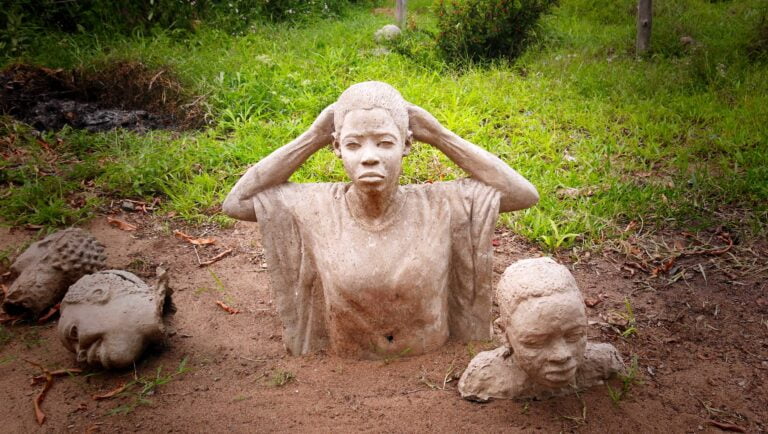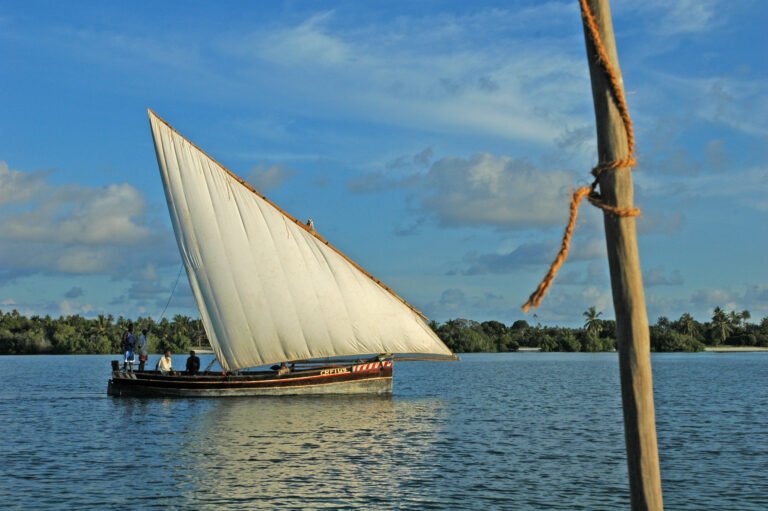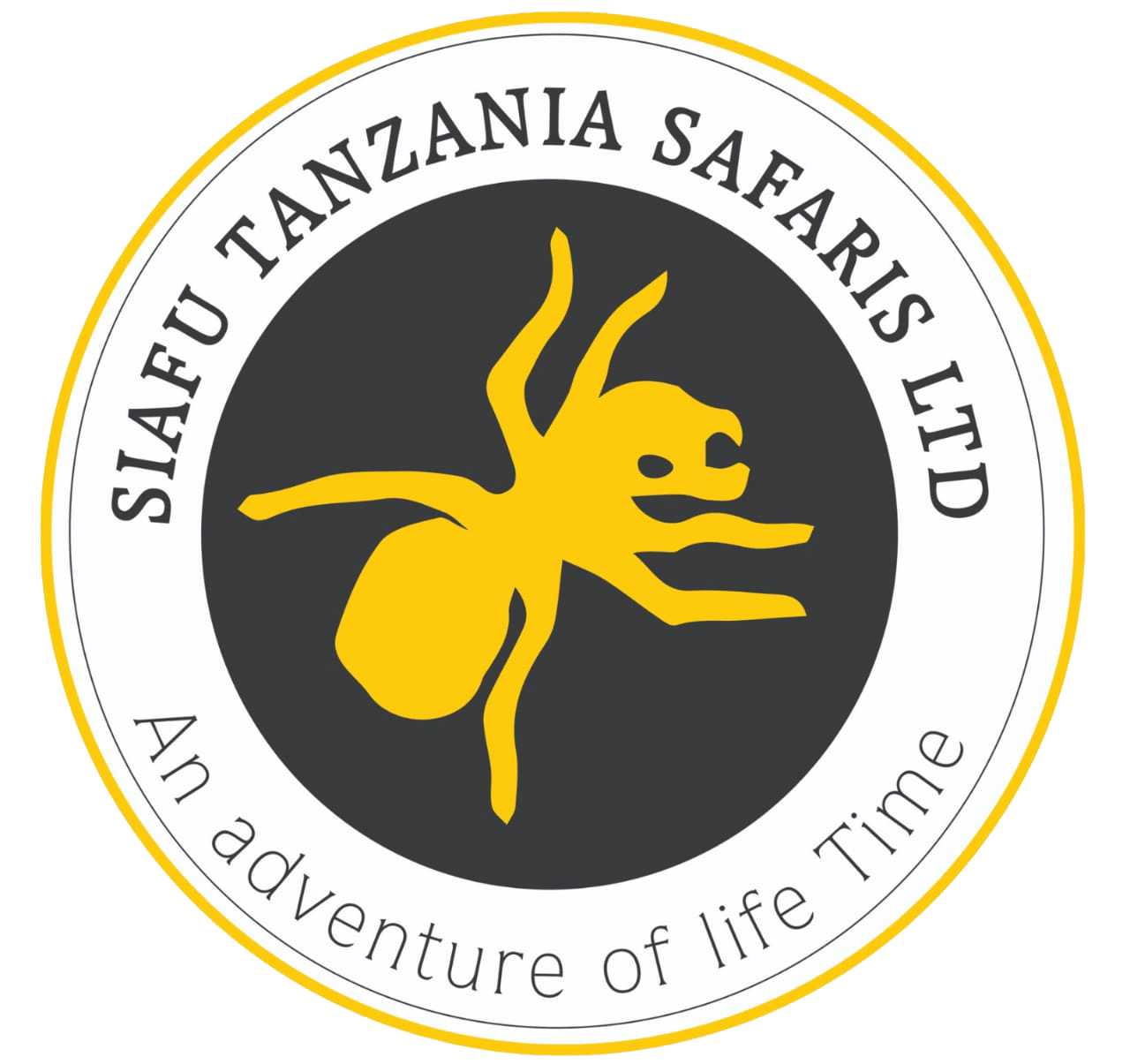A world heritage site and a unique biosphere reserve
Location & Geography:
The Ngorongoro Conservation Area is located in the northern part of Tanzania, encompassing the Ngorongoro Crater. It is nestled within the Great Rift Valley and shares borders with the Serengeti National Park and Mount Kilimanjaro. This region is characterized by its diverse topographical features, including grassy plains, dense forests, and majestic mountains. The Ngorongoro Crater, a massive inactive volcanic caldera, is the centerpiece of this area.
Historical Significance:
The Ngorongoro Conservation Area holds great historical significance. It is home to some of the oldest evidence of human habitation, with archaeological discoveries in the Olduvai Gorge dating back over 3 million years. This area has also been inhabited by the Maasai people for centuries, who maintain their traditional way of life and cultural practices within the conservation area.
Main Attractions:
The primary attraction of the Ngorongoro Conservation Area is undoubtedly the Ngorongoro Crater. This UNESCO World Heritage site is a natural wonder, known as the world’s largest inactive volcanic caldera. It boasts a mesmerizing landscape and is home to diverse wildlife, including elephants, lions, leopards, buffalos, and even the endangered black rhino. Visitors can embark on thrilling game drives within the crater, immersing themselves in the enchanting beauty of the surroundings and witnessing the incredible biodiversity.
In addition to the Ngorongoro Crater, the conservation area offers spectacular viewpoints where visitors can marvel at the sweeping panoramas of the surrounding landscapes. The Empakaai Crater, Olmoti Crater, and Gol Mountains are other notable attractions that showcase the natural wonders of the region.
Activities and Experiences:
Aside from game drives in the Ngorongoro Crater, tourists can partake in various activities that cater to different interests. Guided nature walks provide the opportunity to explore the pristine beauty of the area, spot exotic bird species, and learn about the unique flora and fauna. Cultural visits to authentic Maasai villages offer insights into the traditional way of life, allowing visitors to interact with the Maasai people, learn about their customs, and purchase their handcrafted souvenirs.
For the more adventurous, hiking and trekking expeditions in the nearby mountains, such as Mount Olmoti and Mount Lengai, provide unparalleled experiences. These activities offer breathtaking views, encounters with unique wildlife, and a chance to connect with nature on a deeper level.
Best Time to Visit:
The Ngorongoro Conservation Area can be visited all year round, but the best time to maximize wildlife sightings is during the dry season from June to October. During this time, the vegetation thins out, making animals more visible, and many migrate to the crater floor for water, offering excellent opportunities for game viewing.
The wet season from November to May brings lush greenery and fewer crowds, making it an ideal time for birdwatching and enjoying the scenic beauty of the area. However, it’s worth noting that the area can get chilly, especially during the evenings, so packing warm clothing is advisable.
Getting There:
To reach the Ngorongoro Conservation Area, most visitors fly into Kilimanjaro International Airport or Arusha Airport, both serving as major entry points to Tanzania. From there, private transfers or guided tours can be arranged to reach the conservation area. Alternatively, domestic flights are available to Arusha Airport, followed by a scenic drive to the destination. For those traveling within Tanzania, the conservation area is accessible by well-maintained roads from Arusha or nearby national parks.
